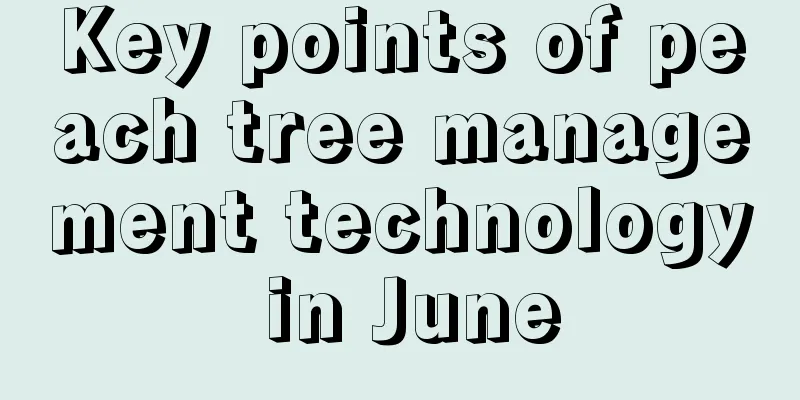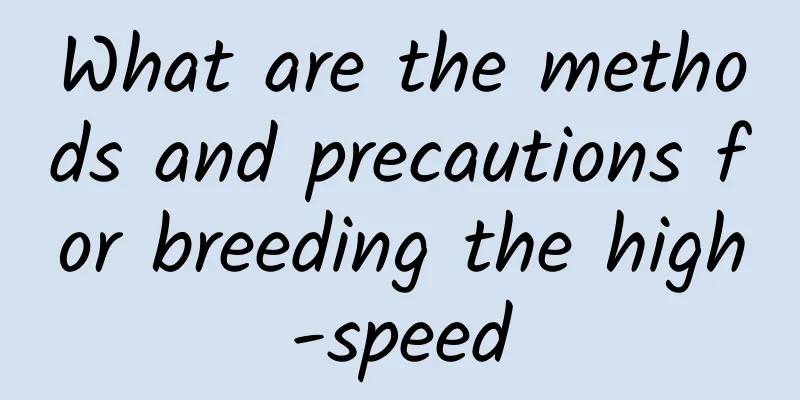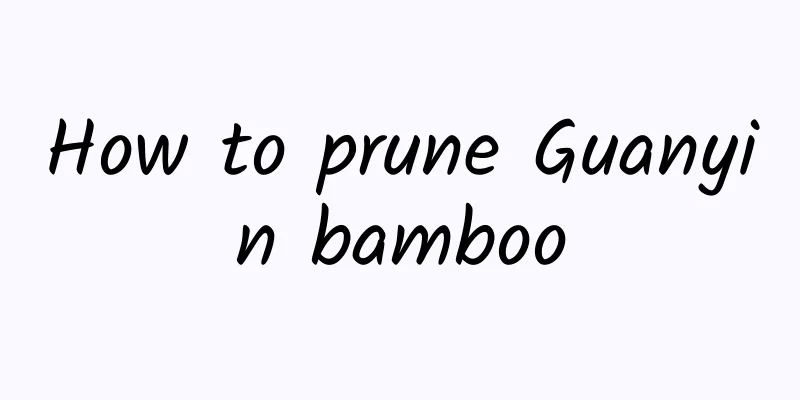Key points of peach tree management technology in June

|
With the arrival of June, peach trees enter the critical period of young fruit hardening and the early stage of flower bud differentiation. The temperature is gradually rising, and the occurrence of diseases and insect pests is becoming more frequent. These two factors make peach orchard management during this period particularly critical, as it will directly affect the yield and quality of peaches this year. Let’s learn some peach tree management techniques in June. 1. Fertilizer and water management As peaches grow, the tree's demand for nutrients gradually increases. Especially for peach trees that bear a lot of fruits or have weak tree vigor, it is necessary to apply appropriate amounts of fertilizer in a timely manner to promote healthy growth of the trees. In mid-June, it is recommended to apply 5 kg of special fertilizer for fruit trees per acre. For early-maturing varieties, this fertilization is also equivalent to fruit-enlarging fertilizer and should be combined with foliar fertilizer spraying to provide sufficient nutrients for fruit enlargement and flower bud differentiation, while preventing fruit cracking. During the hard-core period, peach trees are more sensitive to water and watering should be moderate to avoid excessive or insufficient watering that affects fruit quality and yield. 2. Summer pruning The purpose of summer pruning is to remove excess tender shoots and overly dense and long branches, improve ventilation and light conditions, reduce nutrient consumption, and reduce the occurrence of diseases and pests. This includes promptly removing useless young shoots at the cut end, pinching to promote branch fullness, and thinning out weak branches, diseased and insect-infested branches, and crossed branches. For trees that grow too vigorously, you can control their vegetative growth by spraying paclobutrazol to promote fruit enlargement and flower bud differentiation. 3. Pest and disease control In early June, the climate warms up and the humidity increases, making diseases such as brown rot more likely to occur. At the same time, pests such as peach borer enter the emergence period. The focus should be on preventing and controlling pests such as red spider mites, peach borers, peach borers, peach leaf miners, aphids, as well as diseases such as perforation disease, scab, anthracnose, and brown rot. Take effective prevention and control measures to protect the healthy growth of peach trees. The above management measures can ensure that peach trees receive proper care during this critical period in June, laying a solid foundation for improving fruit quality and yield. It is hoped that these management techniques can help fruit farmers achieve a high yield and harvest of peach trees.
|
<<: How to raise azalea seedlings and how to cultivate them to grow fast
Recommend
Gourd growth process, gourd pictures
1. Growth process 1. Germination period: The germ...
How to grow Epiphyllum in winter
1. Suitable soil It is best to replace the soil b...
Causes and solutions for yellowing of Taxus chinensis
1. Reasons Generally speaking, there are four mai...
How to grow Milan flowers in spring
1. Increase lighting Milan is a green plant and c...
Cultivation methods and precautions of succulent money tree
The succulent money tree is particularly easy to ...
What soil is suitable for planting bird of paradise
Bird of Paradise Soil Bird of paradise is suitabl...
What to do if Frost Morning withers
1. Caused by long-term lack of watering If you do...
How long does the flower period of potted baby's breath last? Is it better to use a large pot or a small pot?
1. How long is the flowering period? The flowerin...
How to care for the newly bought Guanyin lotus
1. Soil The Alocasia odora prefers loose, breatha...
Is it profitable to plant bamboo? How much profit can it make?
Is planting bamboo profitable? In the first three...
Maintenance methods for Japanese juniper bonsai: one-year maintenance method
The juniper bonsai should be repotted every 2-3 y...
Diseases and prevention methods of cockscomb
Diseases of Cockscomb: Leaf spot symptom It often...
Lucky Bamboo Video: Add some of this to the lucky bamboo hydroponic bottle, and the leaves won’t turn yellow or the roots will rot for 10 years!
Lucky Bamboo Video Treatment methods for yellow l...
Cultivation methods and precautions for ornamental bamboo
1. Maintenance methods 1. Substrate selection: Or...
How to grow Begonia
Variations of Begonia There are five types of beg...









